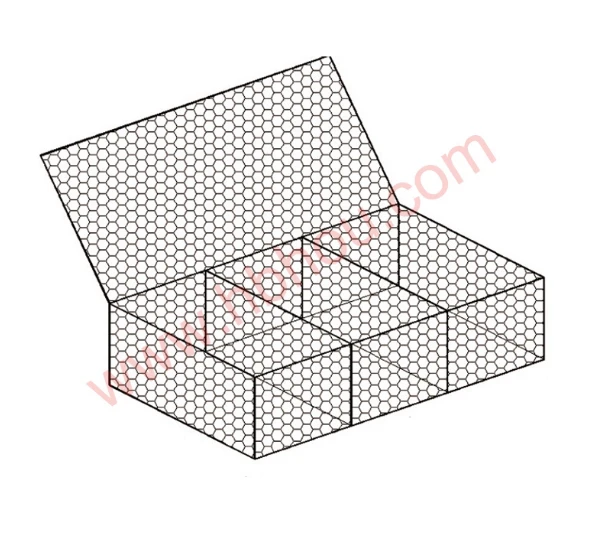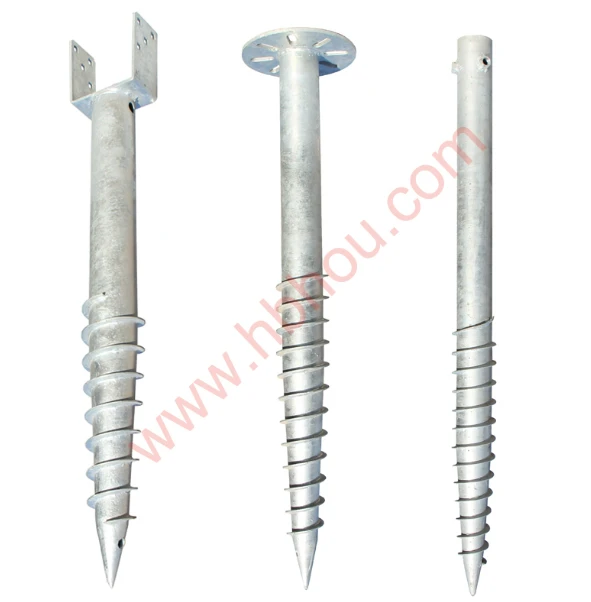Hexagonal Wire Mesh Versatility and Applications
Hexagonal wire mesh, also known as hex mesh or chicken wire, is a type of woven wire mesh material characterized by its distinctive hexagonal holes. This versatile mesh is typically made from materials such as galvanized steel, stainless steel, or PVC-coated wire, ensuring durability and resistance to environmental factors. Its unique structure and properties make it an ideal choice for a variety of applications across different industries.
One of the most common uses of hexagonal wire mesh is in the agricultural sector. It is primarily employed for fencing purposes, providing a robust barrier to confine livestock and protect crops from predators. The hexagonal shape allows for adequate visibility and airflow while preventing animals from squeezing through the gaps. This type of mesh is particularly effective in poultry farming, as it creates a secure environment for chickens, ducks, and other fowl while allowing them to enjoy the outdoors.
In addition to livestock management, hexagonal wire mesh is widely used in landscaping and garden design. Gardeners often utilize this mesh to create supports for climbing plants or to form trellises that can enhance the aesthetic appeal of a garden. Its lightweight and easy-to-handle nature makes it a popular choice for DIY projects, enabling gardeners to craft decorative features such as plant cages or protective enclosures for young seedlings.
Hexagonal wire mesh also plays a significant role in construction and civil engineering. It is often integrated into retaining walls, providing structural support for soil and preventing erosion. The mesh allows for proper drainage while offering stability to the surrounding earth. Additionally, when coated with protective materials, hexagonal wire mesh is utilized in various construction applications, such as reinforcing concrete structures and creating safety barriers.
hexagonal wire mesh

The mesh's applications extend into the realm of wildlife conservation and environmental management. It is used to create protected habitats for various species, serving as a barrier to prevent human encroachment into sensitive ecological areas. Moreover, hexagonal wire mesh is frequently employed in erosion control projects, where it stabilizes soil on hillsides and riverbanks, minimizing the impact of water runoff and promoting the growth of vegetation.
In terms of aesthetics, hexagonal wire mesh can be used in architectural designs and home decor. Its geometric pattern adds a modern touch to interior spaces, making it a popular choice for decorative screens, room dividers, and furniture design. Furthermore, in outdoor spaces, it provides an attractive solution for fencing while maintaining an open feel that blends seamlessly with nature.
Another notable use of hexagonal wire mesh is in industrial applications, such as storage solutions, shelving, and security cages. The strong and durable nature of the mesh makes it suitable for creating enclosures that protect valuable equipment or materials. Various industries, including manufacturing and warehousing, benefit from the practicality and security that hexagonal wire mesh offers.
In conclusion, hexagonal wire mesh is a highly adaptable material that finds its place in numerous applications across agriculture, landscaping, construction, wildlife conservation, interior design, and industrial settings. Its unique hexagonal structure lends itself to a variety of uses, making it an essential component in many projects. As industries continue to seek innovative solutions, the demand for hexagonal wire mesh is likely to grow, underscoring its significance in modern applications. Whether used for functional purposes or aesthetic enhancements, hexagonal wire mesh continues to be a valuable resource in enhancing both utility and beauty in various settings.
















